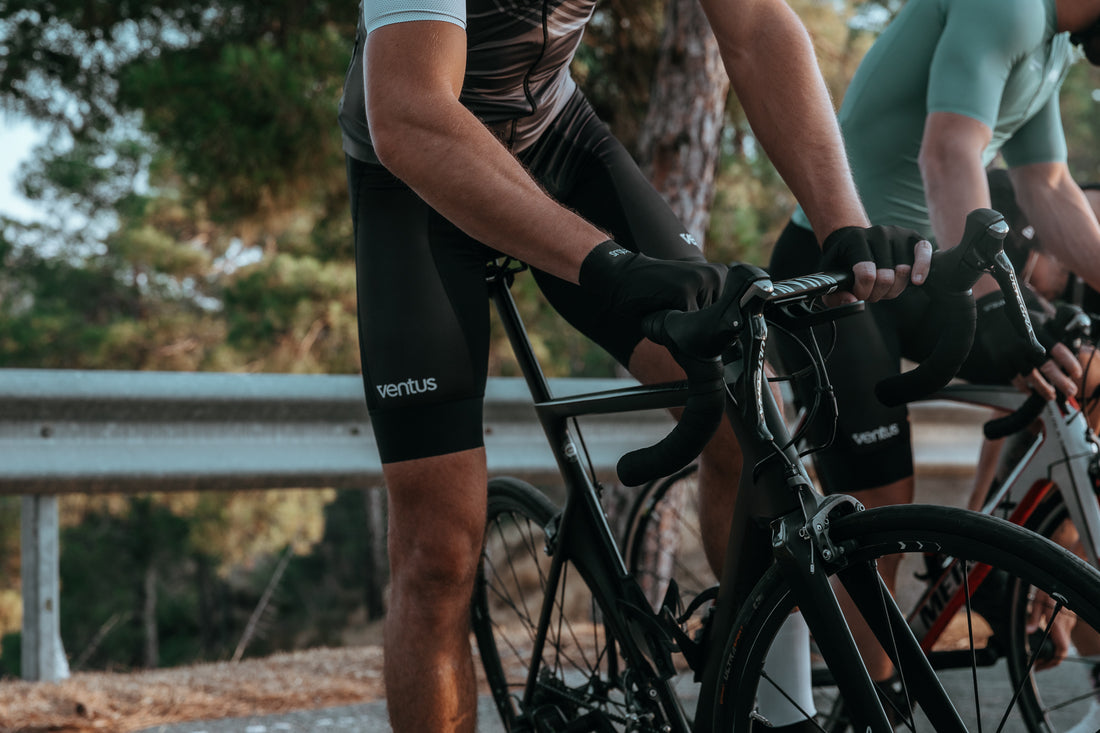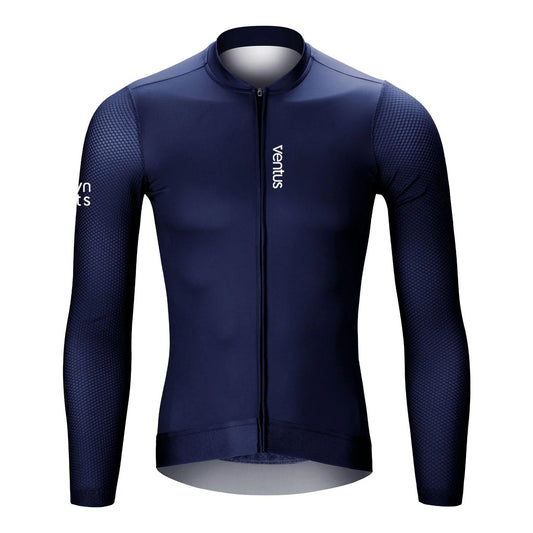
Boost Your Performance on the Bike: Effective Training Tips for Cyclists
Share
Are you looking to take your cycling performance to the next level? Whether you're a seasoned cyclist or just starting out, implementing effective training techniques can significantly improve your performance on the bike. In this article, we'll explore some valuable training tips that will help you build strength, increase speed, and enhance endurance for a more enjoyable and successful cycling experience.
- Set Clear Goals:
Before embarking on any training regimen, it's important to define your goals. Are you aiming to complete a long-distance race, improve your average speed, or conquer challenging terrains? By setting clear and achievable goals, you'll be able to tailor your training program accordingly. Goals provide direction, motivation, and a sense of accomplishment when achieved.
- Vary Your Training:
To improve overall cycling performance, incorporate a variety of training techniques into your routine. Consider the following approaches:
a. Interval Training: Alternate between high-intensity efforts and periods of active recovery. This type of training helps increase your anaerobic threshold and improve speed and power.
b. Hill Repeats: Find challenging inclines or hills in your area and incorporate hill repeats into your rides. Climbing strengthens your leg muscles, enhances cardiovascular fitness, and improves endurance.
c. Endurance Rides: Focus on longer rides at a steady pace to build endurance. Gradually increase the duration and distance of these rides over time to improve your aerobic capacity.
d. Strength Training: Supplement your cycling workouts with strength training exercises that target your core, legs, and upper body. Building overall strength helps improve cycling efficiency and reduces the risk of injuries.
- Practice Proper Technique:
Efficiency in cycling is crucial for optimal performance. Pay attention to your cycling technique and form:
a. Pedaling Cadence: Strive for a consistent and efficient pedaling cadence. Aim for a cadence of around 80-100 revolutions per minute (RPM) for an optimal balance of power and efficiency.
b. Body Position: Maintain a relaxed but stable body position on the bike. Keep your core engaged, shoulders relaxed, and focus on a smooth and fluid pedal stroke.
c. Gear Selection: Learn to anticipate terrain changes and shift gears accordingly to maintain a comfortable and efficient cadence.
- Recovery and Rest:
Training and pushing your limits is essential, but don't overlook the importance of recovery and rest days. Allow your body to recover and adapt to the training stress to avoid burnout and reduce the risk of overuse injuries. Get adequate sleep, incorporate rest days into your training schedule, and prioritize proper nutrition to support your body's recovery process.
- Monitor Progress and Adjust:
Keep track of your training progress to assess what works best for you. Record your rides, distances, times, and any other relevant metrics. Analyze your data regularly to identify areas for improvement and adjust your training plan accordingly. Consider using cycling apps or GPS devices to track your rides and monitor performance metrics.
Conclusion:
By implementing these training tips, you can elevate your cycling performance and achieve your goals. Remember to set clear objectives, incorporate a variety of training techniques, focus on proper technique, prioritize recovery and rest, and monitor your progress. With dedication, consistency, and a well-rounded training approach, you'll be on your way to becoming a stronger, faster, and more accomplished cyclist. Enjoy the journey, and happy cycling!



